How Much Sauce Should You Put On Food?
At restaurants where food cost is king, the difference between 1 ounce and 3 ounces of sauce on a dish translates to cash for the restaurant. No matter what type of restaurant, portion control is key to quality, consistency, and revenue.
McDonald’s has a particular condiment “portioner,” that deposits the same amount of ketchup and/or mustard on each burger. At other restaurants, portions are controlled by weighing and applying sauces and dressings with calibrated ladles (1/2 oz, 1 oz, 2 oz, etc.).
The point is that when you go to a restaurant, the amount of sauce and/or dressing that comes with your meal, be it osso buco, spaghetti with marinara, or a mixed green salad, is accounted for down to the ounce.
The goal, of course, is to give each customer the “perfect amount” of sauce or dressing while keeping a tight handle on cost. But, unfortunately, this means that you, as the consumer, have very little control over the amount of sauce that arrives with your food.
This is not generally bad, as most chefs will try to serve what they think is a reasonable amount of sauce, and that quantity appeals to the vast majority of diners. The trouble comes in if you are a person who either likes their salad, for instance, swimming in dressing or dry.
Most restaurants can accommodate your requests by giving you dressing on the side or sending the plate out with double dressing. However, don’t be surprised if you are charged extra for that dressing. Remember, food cost is king, and dressings are not free.
Fortunately, the goal of my site is to teach you how to make restaurant-quality sauces at home. And when you cook at home, you have much more control over the amount of sauce you serve with each dish.
Keeping in mind that it is easier to under-sauce and pass more at the table than it is to over-sauce and leave your guests wringing out their lettuce, some guidelines are helpful when it comes to deciding how much sauce, gravy, or salad dressing you are going to make to serve with your meal.
Many prestigious culinary schools, including the Culinary Institute of America, recommend a sauce serving of 2 ounces. This amount supposes a standard portion size for whatever is being sauced. Most of the recipes in this book serve four diners and yield one cup of sauce (2 ounces per diner) as per the CIA guidelines.
When considering whether or not to make additional sauce, think about what other dishes you’ll be serving and whether people might want to sauce those dishes as well. It is important to remember that you can provide as much or as little sauce as you deem appropriate for whatever dish you are serving.
That’s a vague rule of thumb, so let’s look at the foods that might require sauce and try to pin down some rules for each type.
How Much Sauce Should You Put On Pasta
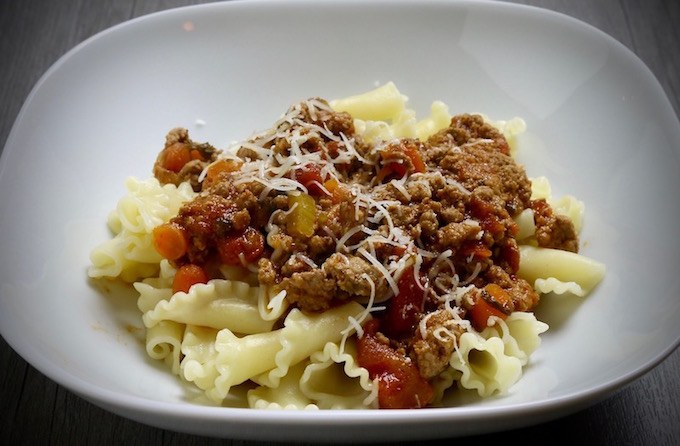
In Italy, pasta is sauced with restraint, and the sauce enhances and complements the pasta’s flavor and texture. As a result, we are much more likely to use more sauce in the United States than the Italians.
It’s not that Americans waste sauce; that’s what garlic bread is for.
If you serve pasta as a main course and provide bread for “sopping,” a good rule of thumb is equal amounts of pasta and sauce. Four ounces of pasta, four ounces (roughly half a cup) of sauce.
If you are serving pasta and want the sauce to coat each piece without pooling on the plate, shoot for 2-3 ounces of sauce per 4-ounce serving of pasta.
How Much Sauce Should You Put On Salad
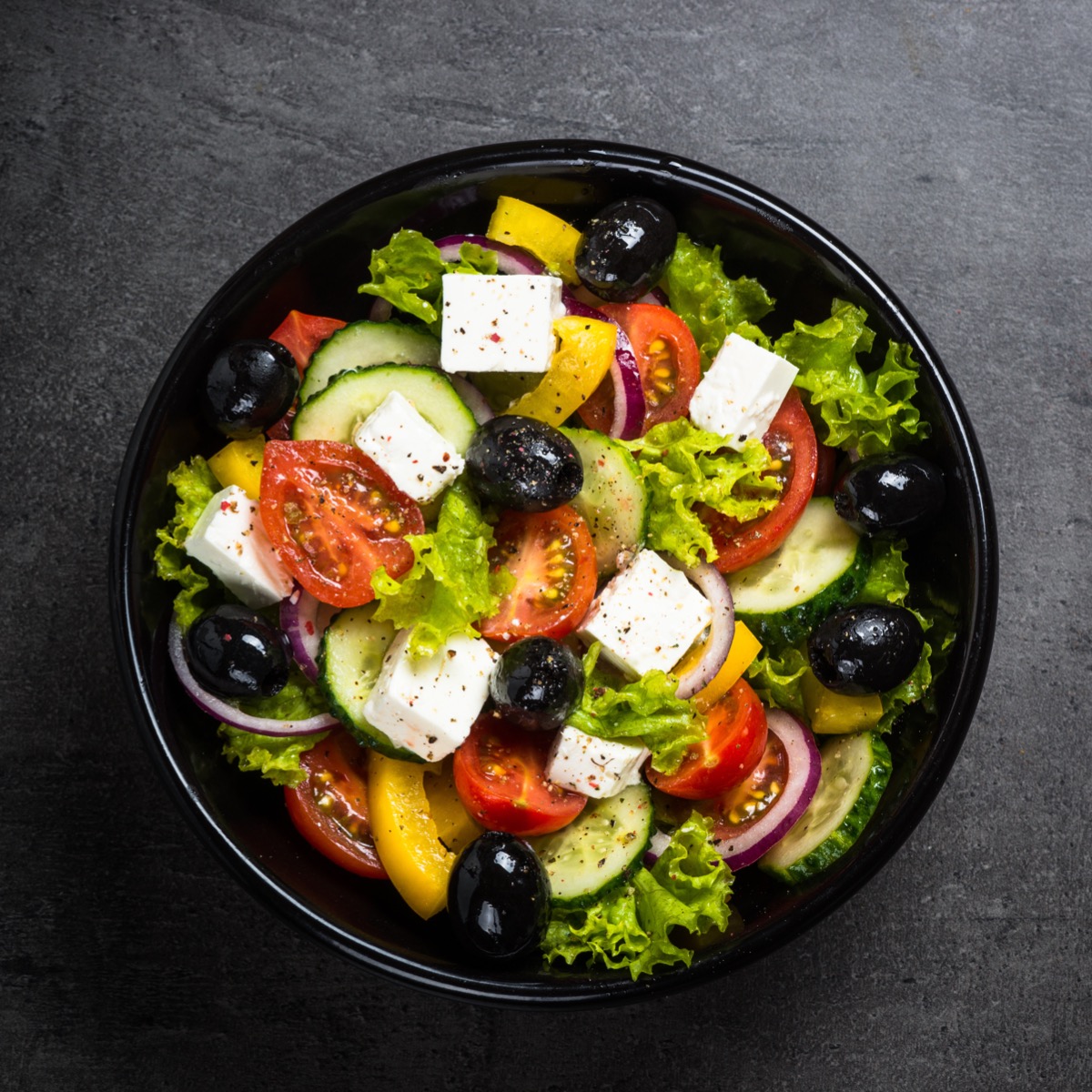
Contrary to what some children might think, salad dressing is not there to cover up the taste of the vegetables in a salad. Instead, a well-dressed salad maintains a nice balance between greens, vegetables, and dressing.
The classic rule for dressing a salad is that each piece of lettuce is lightly coated with the dressing, with none pooling on the plate.
Think of that all-you-can-eat soup/salad/breadstick meal at a popular chain Italian restaurant. Everyone seems to love their salads, and there is never any dressing pooled in the bottom of the serving bowl. That is a perfectly dressed salad.
If you are serving a large tossed salad that you are dressing and then passing, drizzle about an ounce of dressing per diner over the salad and then toss thoroughly, either with clean (or gloved) hands or with salad tongs. Pass extra at the table to satisfy anyone who likes a bit more dressing.
If you are serving individual salads, it is best to defer to your guests and leave the salads undressed and pass the dressing at the table. In that case, ensure that you have at least 2 ounces of dressing per diner to accommodate your guests who like to go a little heavy on the dressing.
How Much Sauce Should You Put On Protein (Meat/Poultry/Fish)
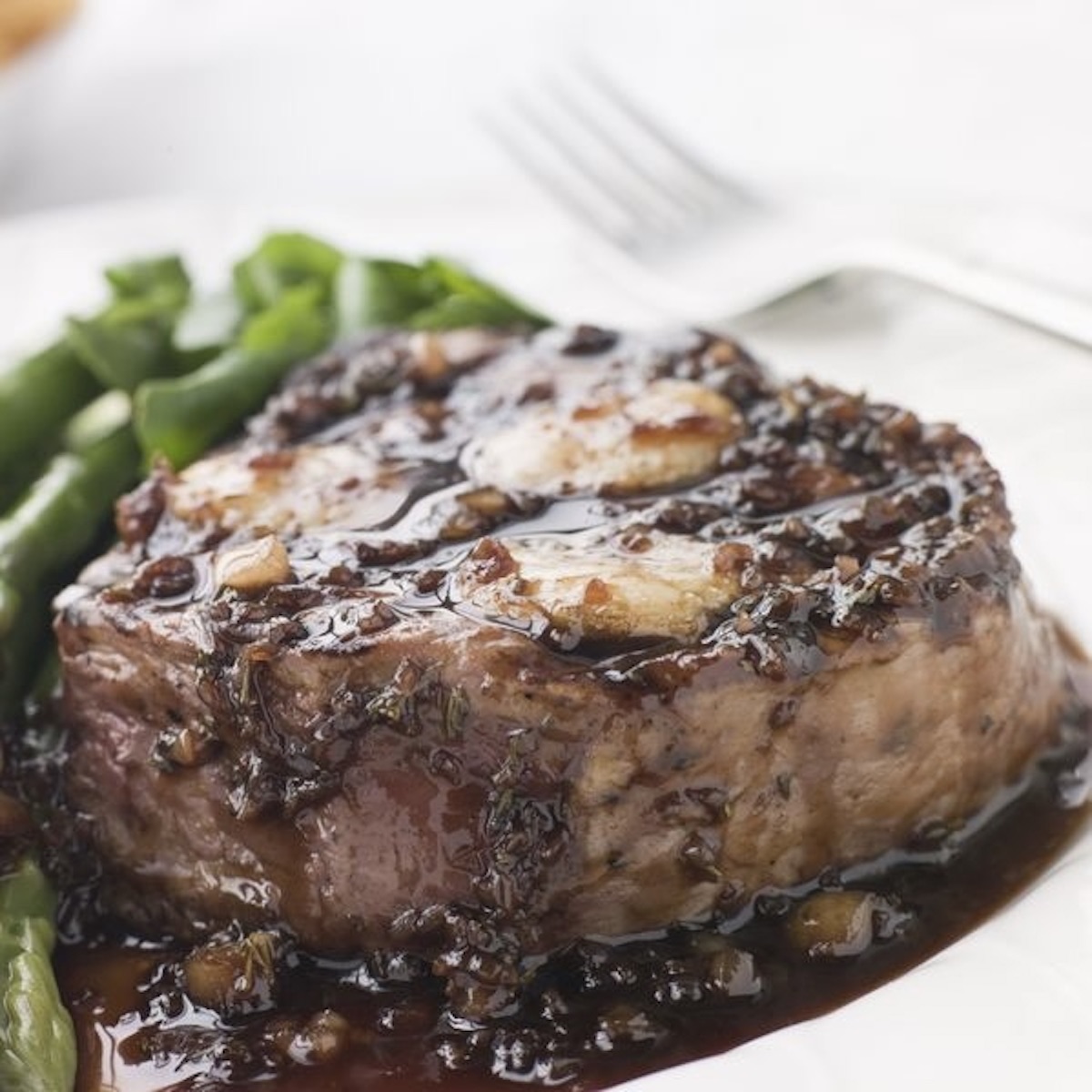
The rule of thumb for saucing proteins is one to two ounces, depending upon who you ask or what book you read. Of course, that doesn’t take into account what type of sauce is being served. The more flavorful and/or concentrated your sauce, the less you need.
You may only need one ounce per serving if you are serving a reduction sauce. However, if you serve a lightly-flavored sauce with fish or poultry, you will probably want to serve 2 ounces per serving.
On the other hand, if you are saucing with compound butter, you might only need half an ounce. In all of these cases, it is advisable to have extra for passing at the table.
Appearances Make a Difference
Plating the main protein at restaurants can be a pretty elaborate affair involving squirt bottles, paint brushes, or spoons for precise saucing. The home cook can indeed find and use these items for plating, but generally, three saucing options are available to us without having to go to the restaurant supply or craft store.
- Dipping the meat in/brushing the sauce on. Think barbecued ribs or chicken. In this case, the sauce is thick enough to coat the meat, so to serve all the cook has to do is dip the meat in the sauce and place it on the plate.
- Pouring sauce over the meat. This one is easy: just put the meat on the plate and then spoon or pour the sauce on top.
- Saucing the plate. This is probably the plating most closely associated with restaurants. Pour a sauce pool into the plate’s center and then place the protein on top.
Of the three options, the second option is the only one you might not have to pass extra sauce at the table. And all the rules can change if you are serving a meal with several side dishes, some of which people like to sauce.
Consider the Thanksgiving meal. I don’t know anyone who only sauces their meat. Gravy goes on everything from mashed potatoes to stuffing to green beans.
So, keep in mind the side dishes you are serving. For example, if you’re serving mushroom gravy with beef and some potato as a side dish, it’s almost guaranteed that everyone will want gravy on the potatoes, too.
For side dishes that beg for gravy, try to shoot for 2 ounces of gravy per diner per dish. So, if you are serving six diners and two dishes need to be sauced, you’ll want to have at least 4 ounces of sauce per diner or 24 ounces.
Again, everyone’s taste is different, and the amount of sauce you choose to make/serve along with a dish is a very subjective decision. Often, it might come down to how much sauce the recipe makes.
If there is any leftover, you can serve extra. If there isn’t, then you can’t. And, at the end of the day, if you’re serving good food to good friends and family, most people will not lose any sleep over an ounce or two of sauce.



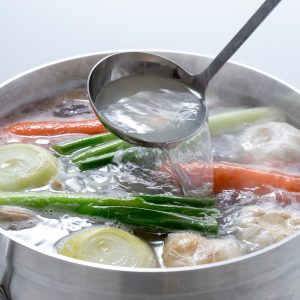

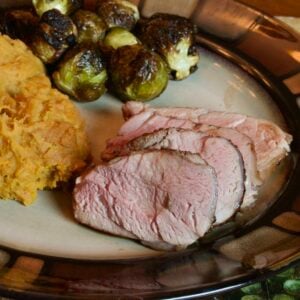
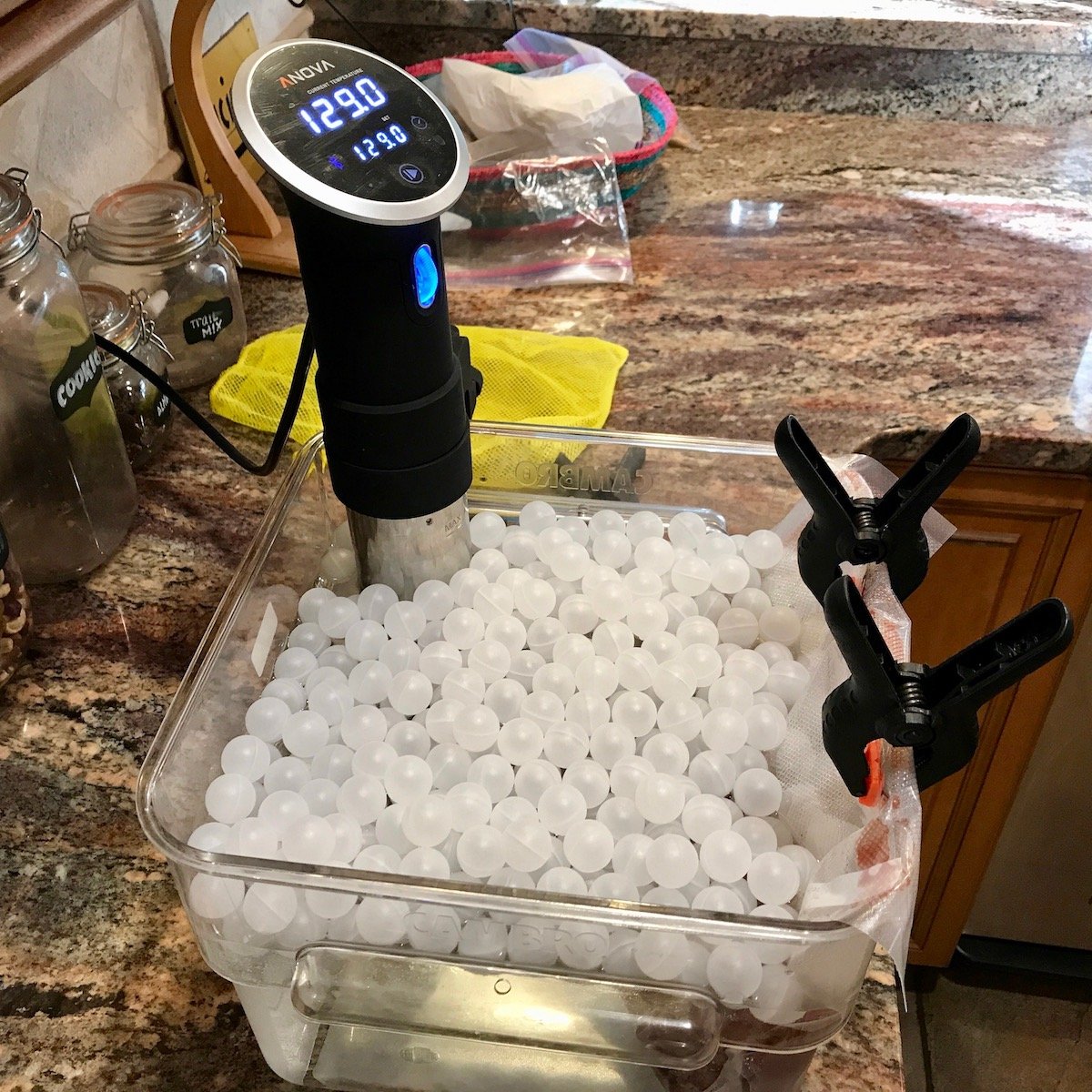






One Response
Gracias por la explicación y por la realidad de las mismas.
A llevarlas a la práctica.